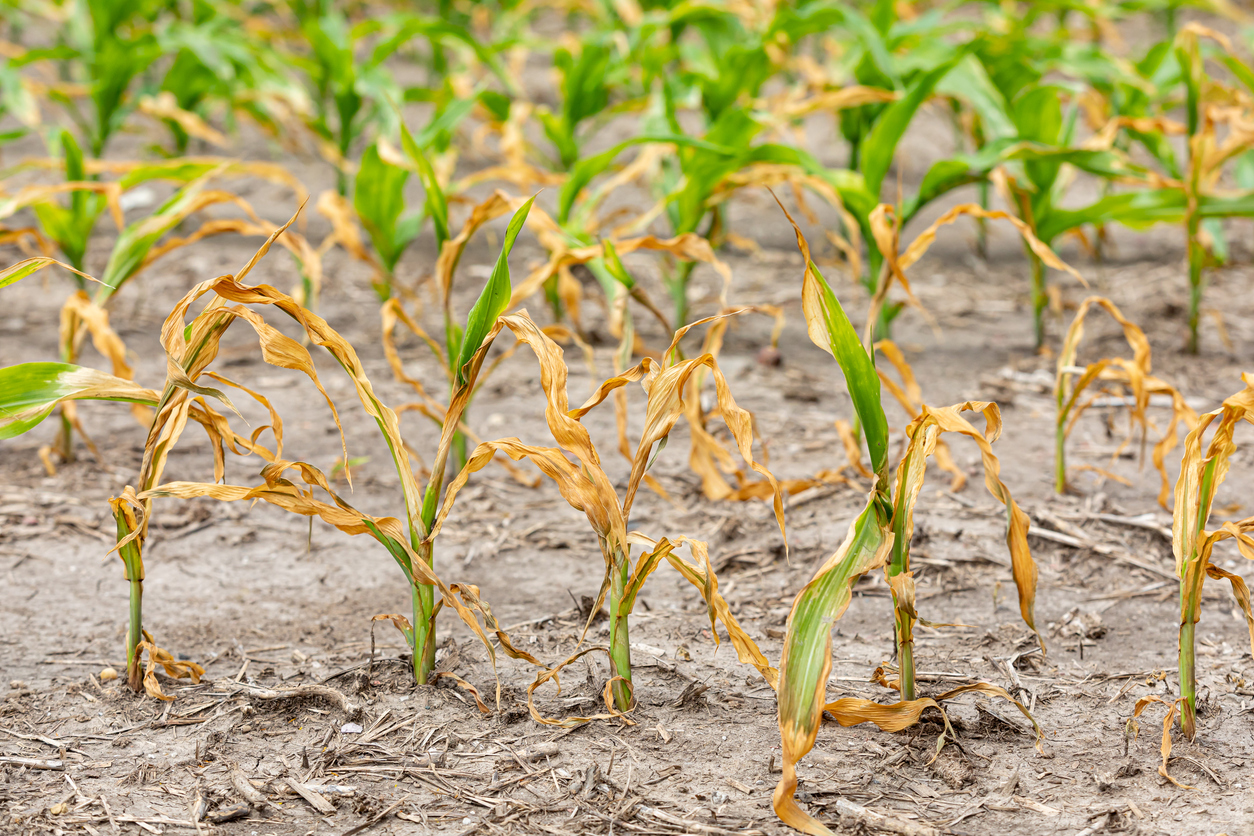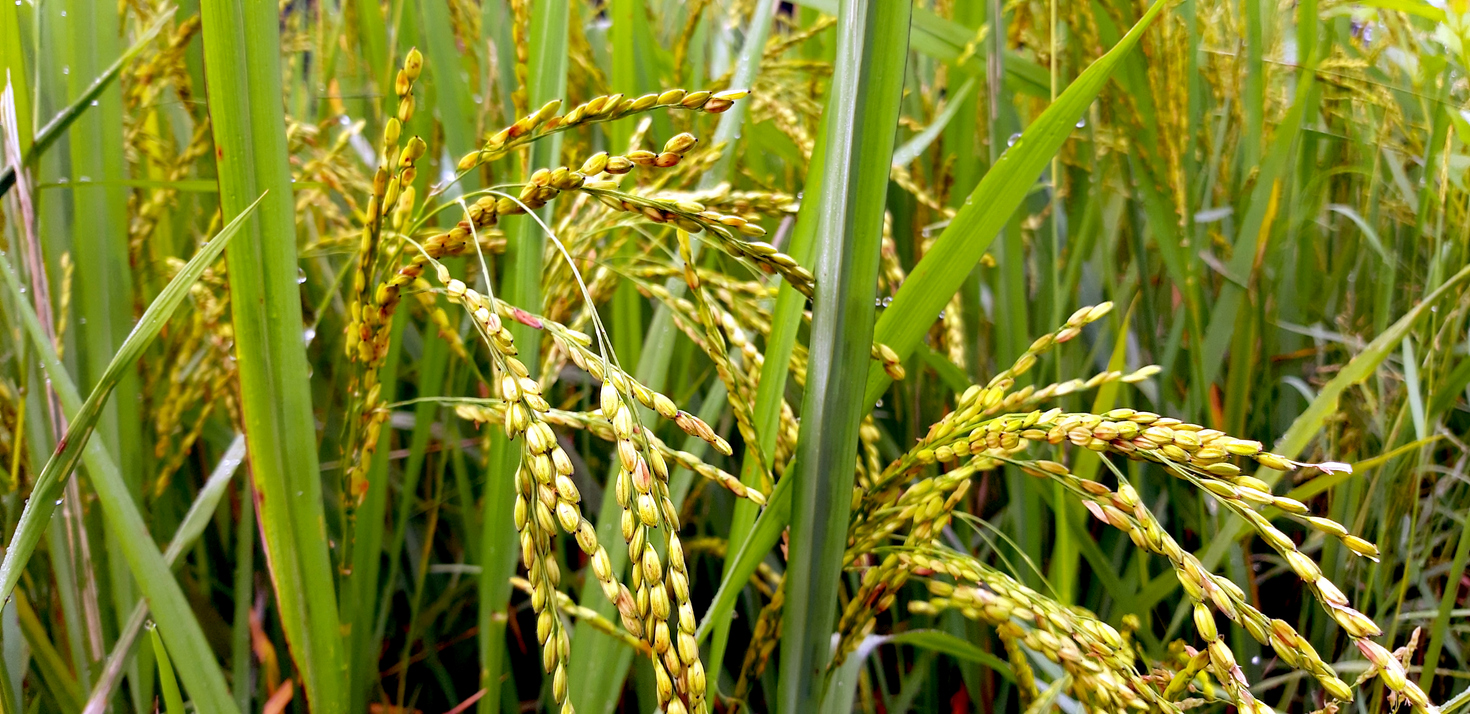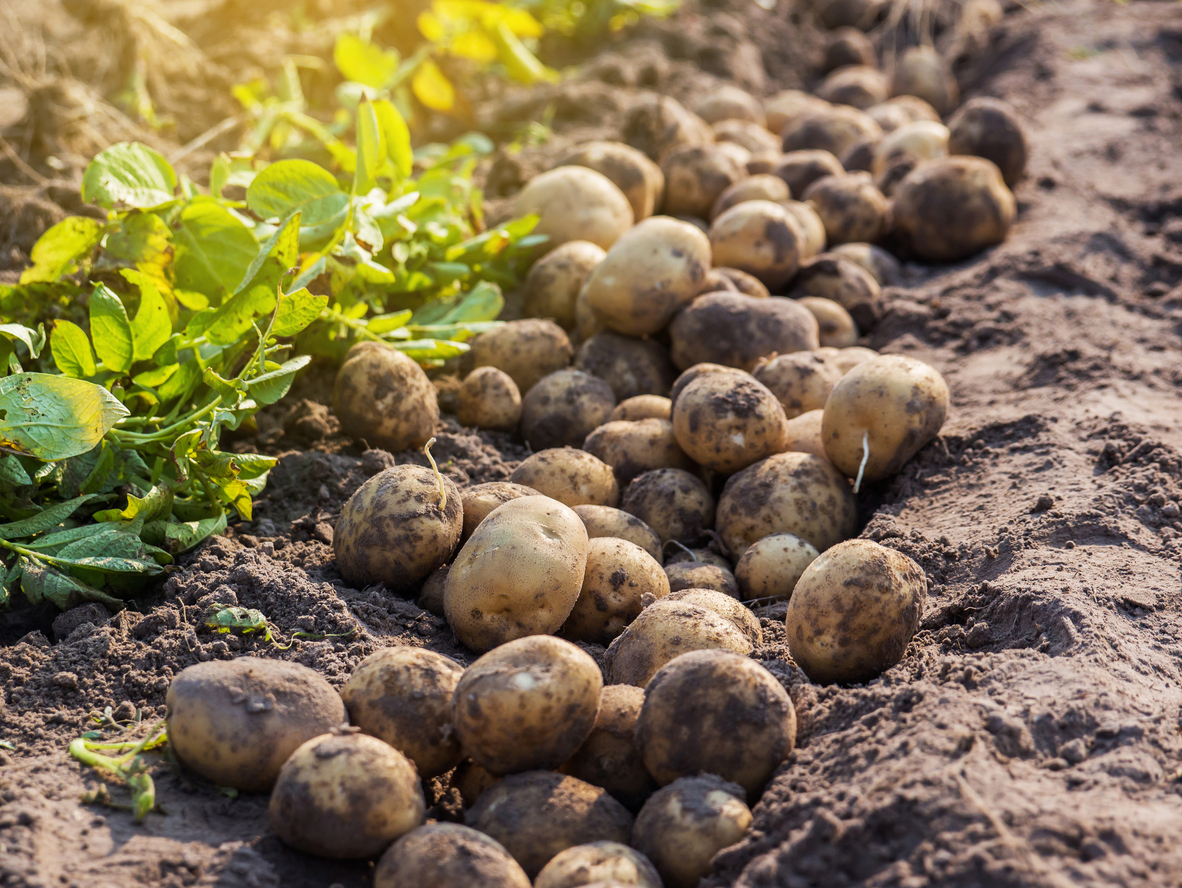Cultivating Resilience: How Biotech Shapes Climate-Smart Agriculture in Asia and Australasia
| |
“We’re in a race against time.”
This is the alarming call of Silvia Restrepo, President of the Boyce Thompson Institute (BTI) and one of the authors of the Trends in Plant Science article highlighting the urgency to implement speedy and cutting-edge technologies to develop plant resilience and ensure food security. The article echoes a similar call from the Food and Agriculture Organization of the United Nations (FAO) to harness the power of science, technology, and innovation for climate action. FAO emphasizes the need for early action to minimize damage.

Recent studies added more insights into how the changing climate impacts agriculture. Hebei University scientists reported in Nature how tropical, temperate, migratory, and soil crop pests respond to changes in climate, land use, and agricultural practices. While key crop pests, such as aphids, borers, and caterpillars, are seeing altered distributions and increased damage due to warming, yield losses and pesticide use are also rising—a trend expected to continue under future climate extremes.
As the impacts of climate change intensify, adopting innovative technologies is crucial to safeguard agrifood systems from disruption while ensuring they do not exacerbate the climate crisis.
Agri-biotech in Asia and Australia
In Asia, millions of farmers are turning to modern biotechnology to secure their produce. According to ISAAA and the United States Department of Agriculture's Foreign Agricultural Service Global Agricultural Information Network (USDA FAS GAIN) reports, a total of 9 countries planted over 20.6 million hectares of genetically modified (GM) crops in 2024. The use of new breeding techniques (NBTs) is also gaining ground in these regions, with policies on gene-edited crops moving toward establishing specific frameworks that often distinguish between different types of gene editing and their applications.
In terms of gene editing animals for food, Japan is the only country in Asia with advanced regulations. The Ministry of Environment and the Ministry of Health, Labor and Welfare have policies indicating that genome-edited organisms are exempted from the regulation of GMOs. However, both ministries require confirmation from each administrative body and encourage labeling of gene-edited products. This regulatory process for gene editing has been tested and proven to be functional with the release of three species of gene-edited fish in the country.
Recent Climate-smart Breakthroughs for Food and Agriculture
Genome-edited rice. Researchers from the Indian Council of Agricultural Research successfully developed genome-edited rice varieties, which have shown promise in terms of revolutionary changes in higher production, climate adaptability, and water conservation. The DRR Rice 100 (Kamala) variety exhibits enhanced resilience to drought, salinity, and other climate-related challenges. This improved tolerance translates to a significant 19% increase in yield, coupled with environmental benefits including a 20% reduction in greenhouse gas emissions and a substantial saving of 7.5 trillion liters of irrigation water. On the other hand, the Pusa DST Rice 1 variety offers a promising solution for salt-affected soils as it demonstrates the potential to boost yields by 9.66% to 30.4% in saline and alkaline conditions, with an overall production increase of up to 20%.

Rice with low methane emission. Rice cultivation is a significant contributor to global methane emissions. This led an international team of scientists to search for the root-released chemical compounds that control methane production. Their findings led to the development of a new rice variety that dramatically reduces methane emissions. Published in Molecular Plant, their research discusses how breeding rice varieties that release less fumarate and more ethanol (LFHE) resulted in a 70% average reduction in methane emissions in field trials conducted in various locations in China. Furthermore, the climate-friendly LFHE crops are also high-yielding (average of 8.96 tons per hectare), offering a promising strategy to mitigate the climate impact of rice production while maintaining global food security.
Heatwave-tolerant potatoes. Global Change Biology reported the development of GM potato plants by researchers at the University of Illinois. The GM potatoes demonstrated a 30% increase in tuber size under heatwave conditions without compromising nutritional quality. This improvement was achieved by modifying the plants' photorespiration process, which is typically hindered by high temperatures and reduces yields in various crops. By engineering the potatoes to bypass the standard photorespiratory pathway, the researchers improved the potato plant’s ability to photosynthesize efficiently even during heat stress.

Chickpea heat tolerance traits. Researchers at the University of Sydney's Plant Breeding Institute have successfully identified key heat tolerance traits in chickpeas by analyzing diverse genetic material and subjecting plants to various heat stress conditions, including field trials with heat chambers. Through genetic mapping using Chickpea DArTseq technology, they linked specific traits to heat resilience, particularly in anther and pollen development. The heat-tolerant lines were then crossbred with Australian chickpea varieties to create pre-breeding lines that exhibited significant yield advantages, with some nearly doubling their output when grown under high temperatures, offering a new way to develop more climate-resilient chickpea plants.
Wild barley’s genome sequence. Scientists from Murdoch University and the Beijing Academy of Agriculture and Forestry Sciences have successfully sequenced the chromosome-scale genome of the wild barley species Hordeum brevisubulatum, renowned for its tolerance to alkaline and saline soils. Their analysis, published in Nature Plants, revealed key genetic adaptations, including duplicated stress-response genes enhancing nutrient uptake and a fungal-derived gene reducing oxidative stress in harsh conditions. Leveraging these insights, the researchers developed a new hexaploid crop called Tritordeum by incorporating H. brevisubulatum's genome into wheat. This resulted in a significant 48% increase in nitrate uptake and a 28% boost in grain yield under saline-alkaline stress compared to conventional wheat.

For more updates about the contributions of biotechnology in addressing the climate crisis, subscribe to Biotech Updates.
| Newer Post | Archive | Older Post |
Science Speaks is ISAAA Inc.'s official blog. Weekly blog articles, authored by ISAAA writers, partners, and invited contributors, aim to help share, disseminate, and promote scientific knowledge and its vital role in achieving global agricultural sustainability and development. Your support to Science Speaks will help us achieve this goal. You can help us by donating as little as $10.

